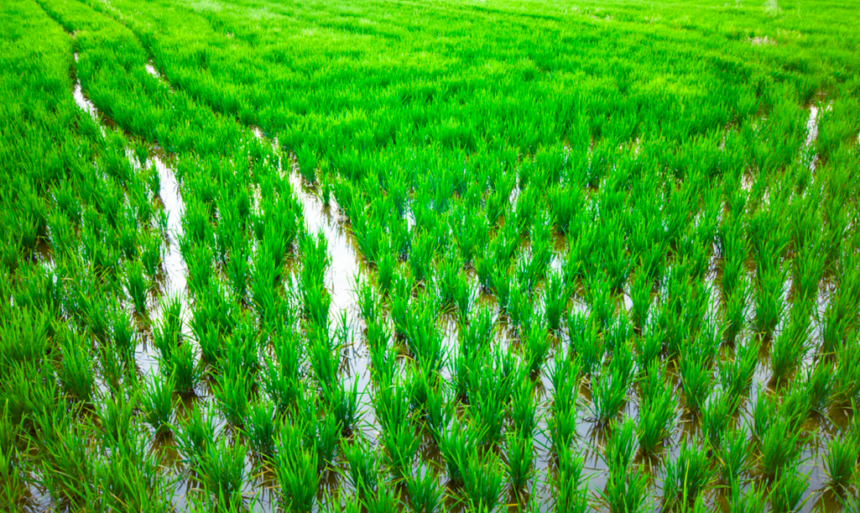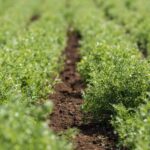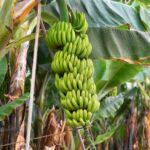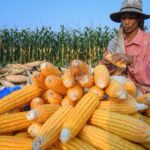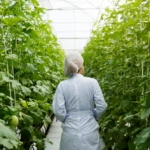Rice is a staple food for many cultures around the world, and growing your own rice can be a rewarding experience. While rice cultivation is traditionally associated with regions having abundant water resources, it is possible to grow rice in South Africa under the right conditions. Before you embark on rice cultivation in South Africa, here are ten important things you should know:
- Climate and Water Requirements: Rice requires warm temperatures and abundant water to grow successfully. South Africa’s climate is diverse, but rice cultivation is most feasible in areas with high summer rainfall or access to irrigation water. Ensure you have a consistent water source available throughout the growing season.
- Variety Selection: Choose rice varieties that are well-suited to your region’s climate and growing conditions. Popular rice varieties include long-grain, medium-grain, and short-grain types. Select varieties known for their adaptability to diverse environments and good yields.
- Soil Preparation: Rice thrives in well-drained, fertile soil. Prepare the soil by incorporating organic matter, such as compost or well-rotted manure, to improve its fertility and structure. Rice prefers slightly acidic soil with a pH level between 5.5 and 6.5.
- Seed Selection and Pre-Germination: Rice is usually started from seeds. Pre-germination is a common practice where seeds are soaked in water for a day or two until they sprout before sowing. This helps ensure good germination rates and promotes early growth.
- Planting and Spacing: Rice can be transplanted as seedlings or directly sown as seeds. If transplanting, start seedlings in trays or nursery beds and transplant them when they are around 4 to 6 weeks old. Space the seedlings or seeds at appropriate distances to allow enough room for growth and facilitate proper airflow.
- Water Management: Rice is a water-intensive crop and requires consistent flooding or shallow standing water throughout the growing season. Adequate water management is crucial to promote healthy growth and yield. Maintain a consistent water level but avoid waterlogging, as it can lead to diseases and stunted growth.
- Nutrient Management: Rice plants have specific nutrient requirements. Conduct a soil test to determine any nutrient deficiencies and make appropriate amendments. Rice generally benefits from nitrogen-rich fertilizers, especially during the early growth stages. Supplemental fertilization during the growing season may be necessary based on soil test results and plant nutrient requirements.
- Weed Control: Rice fields should be kept free from weeds, as they compete with the crop for nutrients, water, and sunlight. Manual weeding, mechanical cultivation, and the use of herbicides (if permitted) are common weed control practices in rice cultivation. Implement weed control measures early to prevent weed establishment.
- Pest and Disease Management: Rice can be susceptible to various pests and diseases, including stem borers, rats, fungal infections, and viral diseases. Implement integrated pest management (IPM) strategies, such as crop rotation, proper field hygiene, and the use of resistant varieties or targeted pesticides when necessary.
- Harvesting and Drying: Rice is typically ready for harvest when the grains have reached their maximum size and moisture content has reduced. Harvesting methods vary depending on the scale of cultivation, but it generally involves cutting the rice stalks and collecting the panicles. Proper drying and threshing of harvested rice are essential to remove excess moisture and separate the grains.
Growing rice in South Africa requires careful planning, adequate water resources, and adherence to specific cultivation practices. By considering these ten crucial factors before growing rice, you’ll be better prepared to embark on successful rice cultivation and enjoy the satisfaction of harvesting your own rice crop.
Image by wirestock on Freepik


